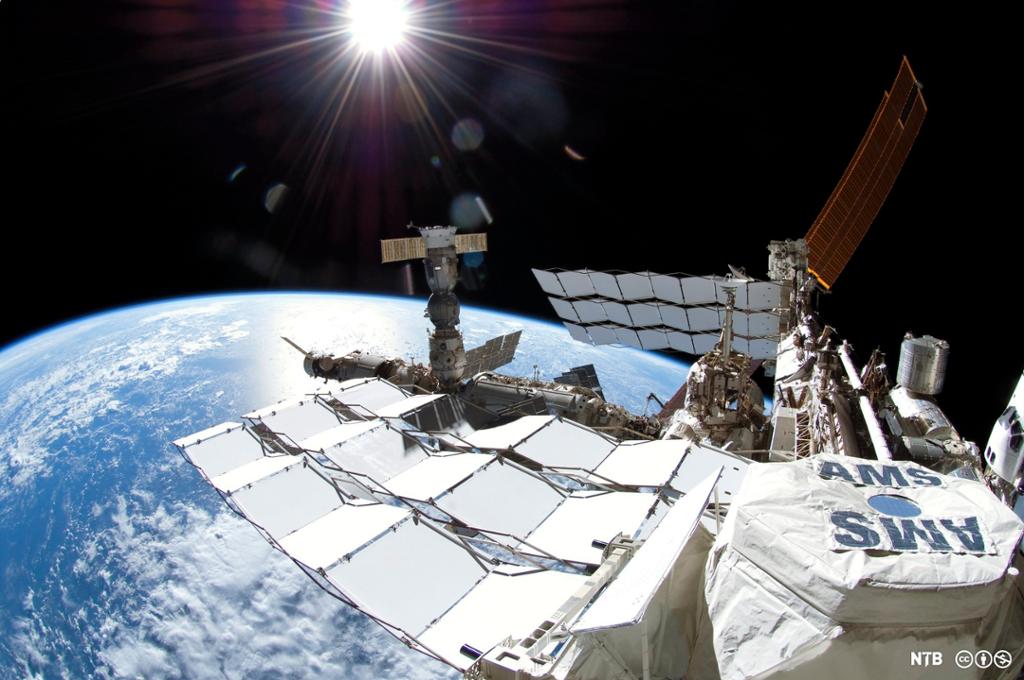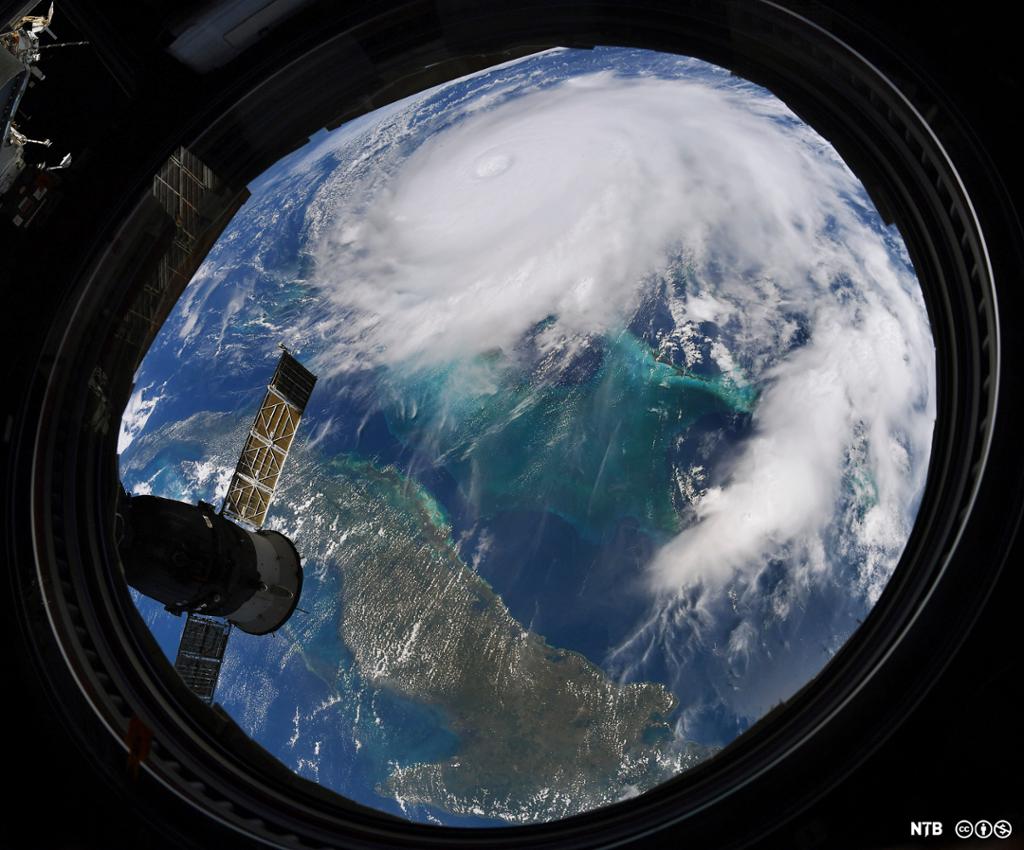International Cooperation in Space – the International Space Station

After the second world war, a space race began between the Soviet Union and the United States. This race was an extension of the Cold War. What would happen if one country got a technological edge over the other? Could space become part of the nuclear threat? Who would be first to launch man-made satellites? Who would be first to land on the Moon?
The world was divided into East and West, into communism and market economy, into dictatorship and democracy. The Cold War lasted until the collapse of the Soviet Union in 1991.
The International Space Station (ISS) was launched in 1998 and signalled a new era of international cooperation. The United States and Russia would no longer be competitors in the space race instead they would work together.
The International Space Station is the largest man-made object in space. It is also the largest satellite in low Earth orbit. It maintains an average altitude of 400 kilometres above Earth. The station is kept in orbit by boosts from the Russian service module Zvezda, or by using the engine power of visiting spacecrafts. If such boosts are not performed, the space station would fall out of orbit and crash into the Earth. The space station hosts scientists and provides data for a myriad of research projects around the world.
The ISS is made up of 16 pressurised modules: eight US modules (BEAM, Leonardo, Harmony, Quest, Tranquility, Unity, Cupola, and Destiny), six Russian modules (Zarya, Pirs, Zvezda, Poisk, Rassvet, and Nauka), two Japanese modules (the JEM-ELM-PS and JEM-PM) and one European module (Columbus).
Space exploration is very complex and very expensive, so it makes sense to pool the Earth’s resources by having different countries working together. If the exploration of space and conquering new frontiers outside the limits of the earth is a joint effort, it is less likely to create hostility and an imbalance of power. The crewmembers on the space station (there are usually seven) must work together – the margins between success and failure, life and death, are small in space. In 2014, the International Space Station won the Peace of Westphalia award for proving that peaceful international cooperation of partners from very different cultures is possible. The ISS programme has also been nominated for the Nobel Peace Prize.
In 2022, the Russian invasion of Ukraine created conflict. As more and more sanctions were levied against Russia, Russia warned that the ISS project would suffer. The head of Roscosmos, Dmitry Rogozin, warned that if Russia did not get the resources to maintain its space programme, it could mean that Russia would no longer be able to perform the boosts necessary to keep the station in orbit. He warned that the station might come crashing down over the US or Europe. 'There is also the possibility of a 500-tonne structure falling on India and China. Do you want to threaten them with such a prospect? The ISS does not fly over Russia, therefore all the risks are yours. Are you ready for them?' In such statements we see a return to the hostilities of the Cold War, and an undermining of what the International Space Station has stood for over the past 25 years.
The research conducted on the International Space Station has led to many scientific breakthroughs, here, we list a small selection of these.
Research on diseases such as Alzheimer’s Disease, Parkinson’s Disease, cancer, asthma, and heart disease. Discoveries made have led to improved treatments for many conditions.
New water purification systems, which can be used in areas with limited access to clean drinking water.
Methods to combat muscle atrophy and bone loss: The lack of gravity in space causes muscle atrophy and bone loss. If we are to have extended space travel, for example to Mars, this problem must be managed. These methods can be used to treat illnesses related to muscle atrophy and bone loss on Earth.
Strides in developing technologies that will be needed for long-distance space travel: for example, growing food in space, understanding how fluids behave in zero-gravity, and how zero-gravity affects the human body.
Monitoring the planet from space: there are researchers studying Earth’s water, air, land masses, and vegetation. The space station also enables better and quicker responses to natural disasters.
The study of pulsars and black holes has led to a more thorough understanding of these phenomena.
In addition, the technology and machinery required for space travel has created a whole industry on Earth, which has created jobs and prosperity.
You can read more about scientific breakthroughs from working on the International Space Station on NASA’s website: Link to article about ISS scientific breakthroughs on NASA's website

The existence of the International Space Station has suggested that mankind's step into space might be characterised by peaceful coexistence and cooperation. If the project is terminated as a result of international conflict, it will be a serious setback for scientific research and for space exploration.
In recent years, we have seen private companies take more and more of an interest in space flight. Until recently, launching satellites or space ships has been so expensive that only rich and powerful countries could undertake it. With the advent of commercial space travel, the new frontiers of space may come to be explored through private enterprise, rather than public money.
In the interactive task below, you are asked to complete a summary of the text by dragging words into the correct boxes.
Relatert innhold
Tasks for the article 'International Cooperation in Space – The International Space Station'.